Where digital art thrives, a myriad of styles and techniques await exploration, offering endless possibilities for creative expression. Whether you’re a seasoned artist seeking to expand your horizons or a curious newcomer venturing into the digital world, understanding the diverse landscape of digital art styles is an essential first step.
Join us as we embark on a journey through the captivating world of digital art styles, I am Catori Windings and I will be your guide.
Table of Contents
Introduction
Digital art encompasses a vast array of styles and techniques that empower artists to unleash their creativity using digital tools. For beginners venturing into this realm, understanding different art styles lays a strong foundation for artistic exploration and expression.
Understanding Digital Art Styles
Traditional vs. Digital:
Digital art inherits elements from traditional art while leveraging technology to create, manipulate, and enhance artistic creations. It encompasses various styles that cater to different artistic sensibilities and preferences.
Flexibility and Versatility:
One of the advantages of digital art lies in its flexibility and versatility. Artists have the freedom to experiment, combine styles, and explore diverse artistic expressions with ease using digital mediums.
1. Pixel Art: A Retro Revival

Pixel art, characterized by its use of a limited color palette and chunky, pixelated blocks, harks back to the aesthetics of early video games and home computers. Its charm lies in its simplicity and ability to evoke a sense of nostalgia.
Tools: Pixel art software such as Aseprite, Pygame, and Piskel
2. Vector Graphics: Precision and Scalability

Vector graphics, based on mathematical equations rather than pixels, offer scalability without loss of quality. This makes them ideal for logos, icons, and illustrations that need to be resized.
Tools: Vector graphics software such as Adobe Illustrator, Inkscape, and Affinity Designer
3. Digital Painting: Emulating Traditional Techniques

Digital painting replicates the look and feel of traditional painting mediums such as watercolor, oil paint, and acrylics. Digital brushes and blending tools provide artists with precise control and a wide range of textures and effects.
Tools: Digital painting software such as Adobe Photoshop, Corel Painter, and Procreate
4. Photomanipulation: Transforming Reality
Photomanipulation involves altering, combining, and manipulating existing photographs to create surreal and otherworldly images. Artists use advanced editing techniques to blend elements seamlessly, creating composites that defy reality.
Tools: Photo editing software such as Adobe Photoshop, GIMP, and Luminar Neo
5. 3D Modeling and Animation: Creating Virtual Worlds

3D modeling involves creating three-dimensional objects using polygons, vertices, and edges. These models can be animated to bring characters and scenes to life, creating immersive digital experiences.
Tools: 3D modeling software such as Blender, Autodesk Maya, and Cinema 4D
6. Digital Collage: A Symphony of Elements

Digital collage combines various digital elements, such as photographs, illustrations, and textures, to create a cohesive and visually striking artwork. Artists experiment with layering, blending, and manipulating elements to achieve unique and expressive compositions.
Tools: Digital collage software such as Adobe Photoshop, GIMP, and PhotoScape
7. Generative Art: Algorithms as Artists
Generative art utilizes algorithms to create unique and complex patterns, shapes, and compositions. Artists control the parameters of the algorithms, allowing them to explore endless possibilities and create mesmerizing visual experiences.

Tools: Generative art software such as Processing, OpenProcessing, and p5.js
8. Mixed Media: A Fusion of Techniques
Mixed media digital art blends traditional and digital techniques, combining elements such as hand-drawn sketches, watercolor paintings, and digital textures. This approach allows artists to create unique and expressive artworks that defy categorization.
Tools: A combination of traditional and digital art supplies, along with digital painting and photo editing software
9. Experimental Digital Art: Pushing Creative Boundaries
Experimental digital art embraces new technologies and techniques to challenge the boundaries of traditional art forms. Artists explore concepts such as interactive art, augmented reality, and virtual reality to create immersive and thought-provoking experiences.
Tools: A variety of digital tools, software, and hardware, depending on the specific experimental approach
10. NFT Art: A New Era of Digital Ownership

NFT (non-fungible token) art is a revolutionary concept that allows artists to create and own unique digital artworks. NFTs provide a secure and verifiable way to prove ownership of digital assets, opening up new possibilities for monetization and distribution.
Tools: Specialized NFT creation platforms and marketplaces
Major Digital Art Styles for Beginners
Illustrative Style:
Illustrative art focuses on storytelling and visual communication. It involves creating artworks that convey a narrative, often characterized by bold outlines, vibrant colors, and clear imagery.
Realism and Photorealism:
Realism in digital art aims for lifelike representations, capturing intricate details, textures, and proportions. Photorealism takes this further, striving to replicate reality with astonishing precision.
Abstract and Surrealism:
Abstract art veers away from realistic representation, emphasizing shapes, colors, and forms detached from tangible objects. Surrealism delves into the subconscious, creating dreamlike and often bizarre compositions.
Cartoon and Manga/Anime:
Cartoon art embraces exaggerated features and simplified forms, while manga and anime styles originate from Japanese comics and animation, featuring distinct character designs and storytelling approaches.
Techniques and Approaches
Brushwork and Textures:
Mastering digital brushes is pivotal. Different brushes emulate traditional tools, offering varied textures and effects. Experimenting with brush settings helps in creating unique textures and strokes.
Layers and Blend Modes:
Understanding layers and blend modes facilitates depth and complexity in digital artworks. Layers enable artists to work non-destructively, while blend modes affect how layers interact, enhancing visual effects.
Software and Tools
Adobe Suite:
Software like Photoshop, Illustrator, and Adobe Fresco offers a diverse range of tools catering to various art styles. Photoshop excels in digital painting, while Illustrator focuses on vector-based art.
Procreate:
Procreate, a popular app for iPad users, provides an intuitive interface and a vast array of brushes, making it ideal for sketching, painting, and illustration.
Finding Inspiration and Learning
Study and Practice:
Studying different artists and their styles aids in understanding diverse approaches. Practice is key; experimenting with various techniques helps in discovering personal preferences and styles.
Online Communities and Tutorials:
Joining online art communities and forums fosters learning and sharing. Platforms like DeviantArt, ArtStation, and YouTube host tutorials, workshops, and discussions on various digital art styles.
Developing Personal Style
Experimentation and Exploration:
Exploring different styles is essential for finding one’s artistic identity. Experimenting with various techniques and styles allows artists like Catori Windings to discover what resonates most with their vision.
Iteration and Evolution:
An artist’s style evolves over time. It’s a journey of continual growth and refinement, shaped by experiences, influences, and continuous practice.
Embracing Diversity and Creativity
Embrace Uniqueness:
Each artist brings a unique perspective to their art. Embracing diversity in styles and approaches fosters a rich and vibrant artistic community.
Unleash Creativity:
Digital art provides a canvas for boundless creativity. By exploring different styles, artists unlock their potential to create diverse, innovative, and visually stunning artworks.
Conclusion
Entering the world of digital art styles is a thrilling journey for beginners. Understanding the diverse range of styles, experimenting with techniques, and finding inspiration from various sources lay the groundwork for artistic exploration. As beginners immerse themselves in this realm, they embark on a path of creativity, self-discovery, and limitless artistic possibilities in the digital landscape.



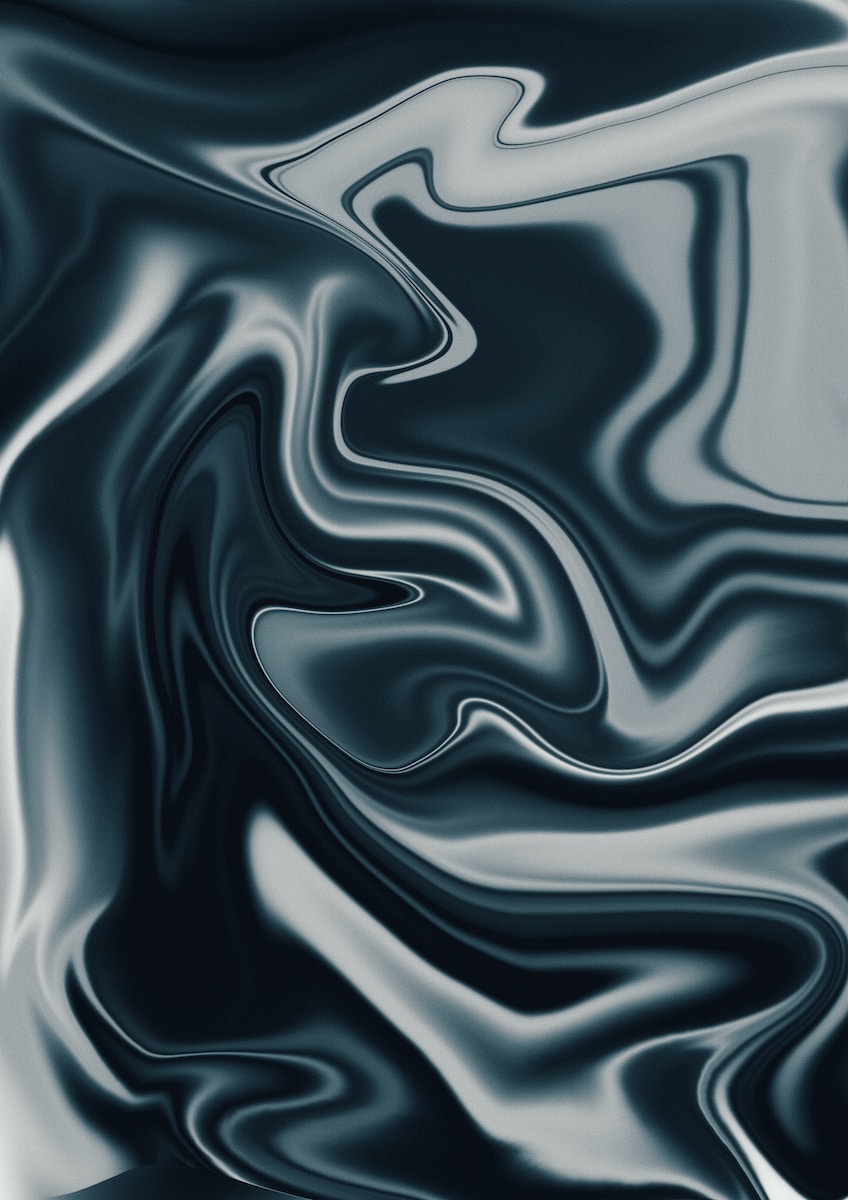
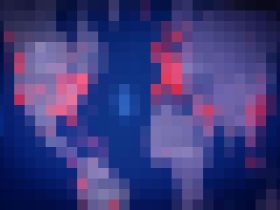
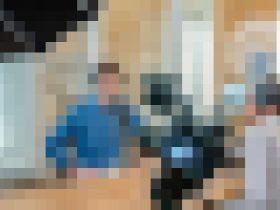


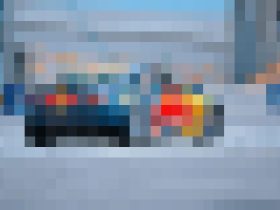

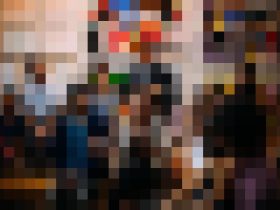




Got a Questions?
Find us on Socials or Contact us and we’ll get back to you as soon as possible.